The Number System - An Overview
Hi there. This is a basic math guide on the number system in mathematics.
Screenshot images produced with witeboard.com, Windows snipping tool along with my Wacom drawing tablet.

Topics
- Natural Numbers
- Integers
- Rational Numbers
- Irrational Numbers
- Real Numbers
- Complex Numbers
Natural Numbers
The natural numbers are positive whole numbers that start from 1. That is 1, 2, 3, 4, 5, .... Zero is not considered a natural number. In mathematical notation, the set of all natural numbers starting from 1 is indicated by N or a weird looking N.

Integers
The integers expands upon the natural numbers as it has negative whole numbers and the number zero. That is ..., -5, -4, -3, -2, -1, 0, 1, 2, 3, 4, 5, .... These integers are represented by the letter Z or a weird looking Z.

Negative integers would be -1, -2, -3, -4, ... and the positive integers would be 1, 2, 3, 4, ... or the natural numbers. Zero is neither a negative number or a positive number. It is in the middle of negative numbers and positive numbers.
Rational Numbers
So far we dealt with whole numbers. Rational numbers includes the integers as well as fractions. As long as the denominator (bottom of fraction) is not zero we have rational numbers. The symbol for the rational numbers is represented by a modified looking Q.
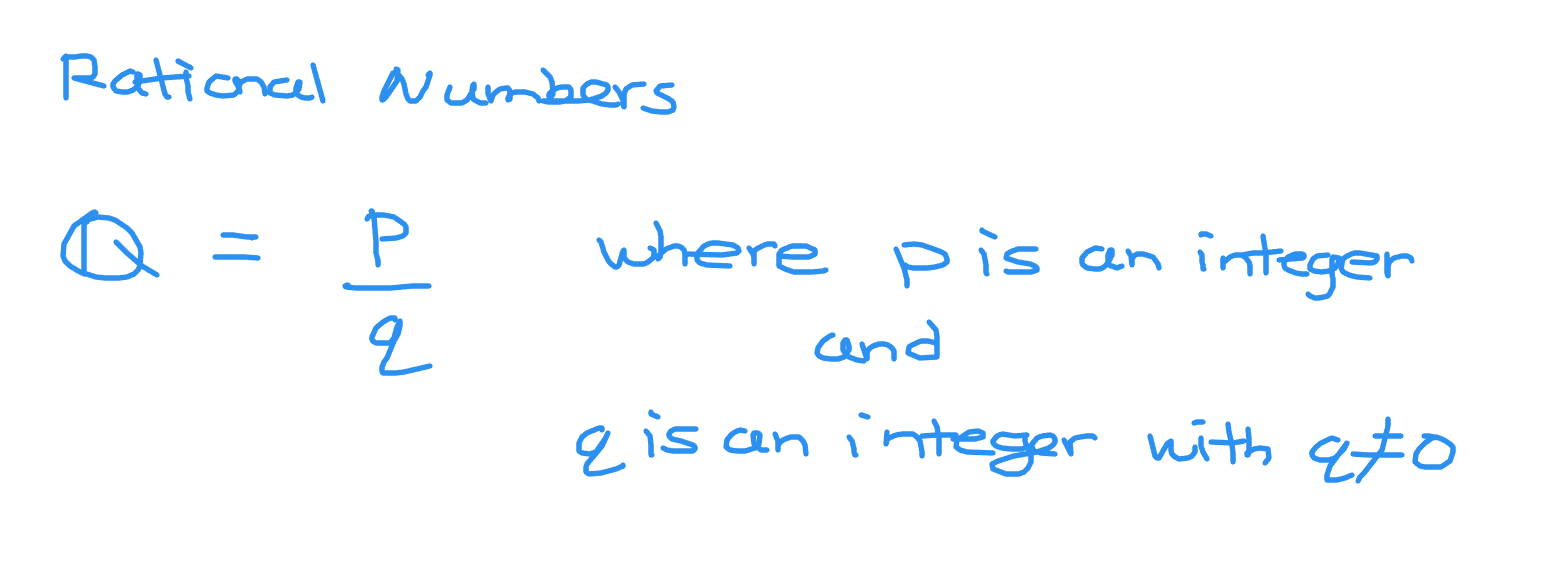
Integers As Rational Numbers
When it comes to whole numbers like seven, eight, eleven, one hundred, we write them as 7, 8, 11 and 100. These numbers can also be written as a fraction where the denominator is a one.
Negative integers such as -20, -2 and -5 also have a denominator of one.
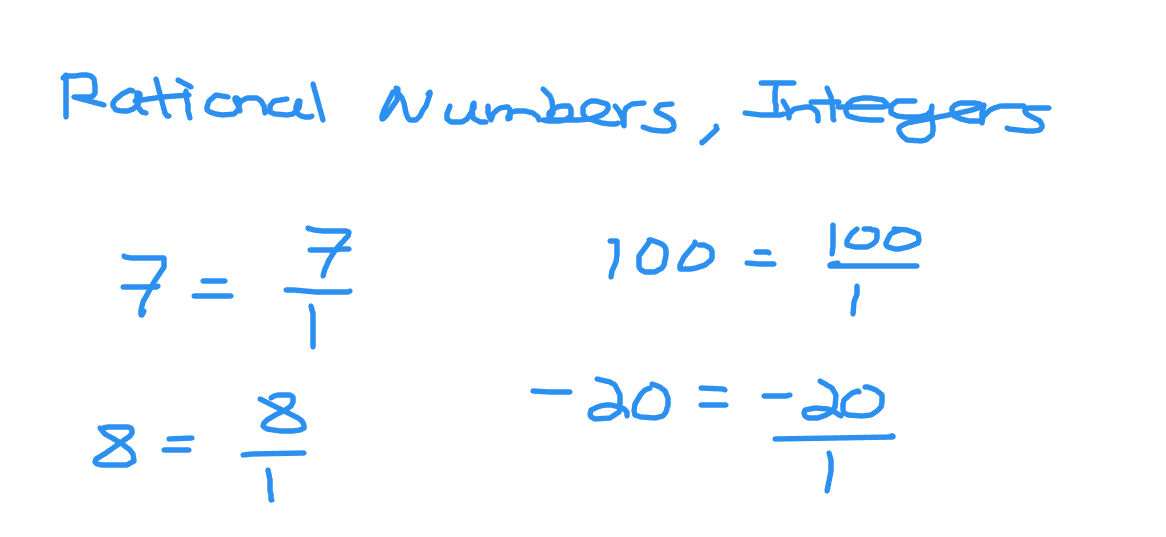
Zero As A Rational Number
As long as the denominator (bottom number) is not zero and zero is in the numerator (top number) you have zero. Here are some examples in the picture below.
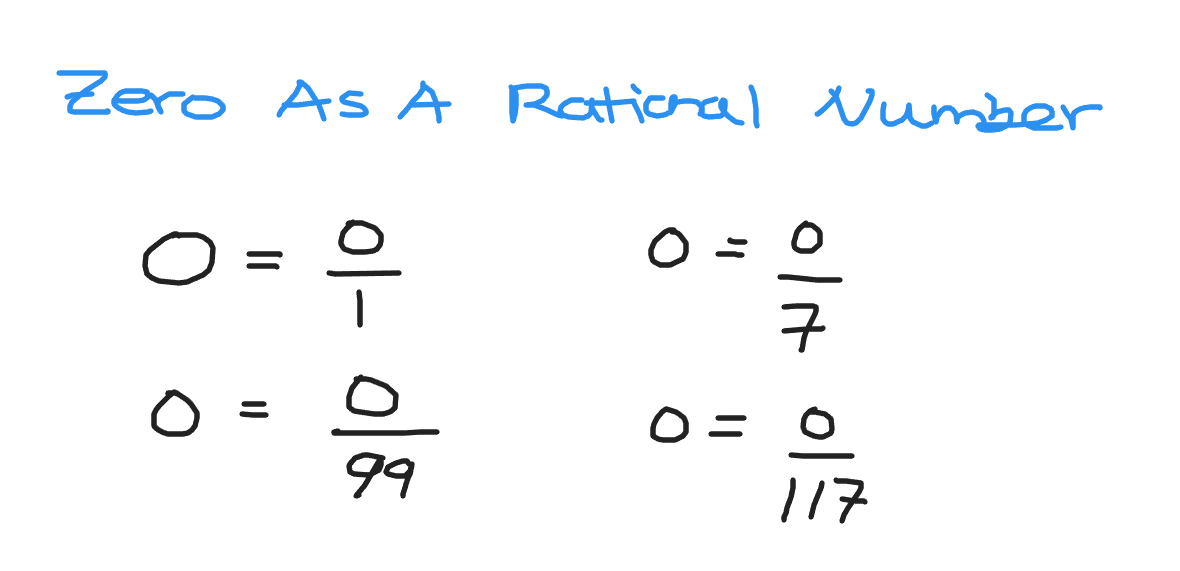
Repeated Decimals Case
Fractions such as one-third (1/3) and (1/9) are considered rational. You have an integer in the numerator and an integer in the denominator. As decimals one-third is 0.333 (repeated 3s with no end) and one ninth is 0.111 (repeated 1s with no end)
Irrational Numbers
Irrational numbers are numbers that are not rational. In a more technical sense, these numbers cannot be represented by a fraction with integers in the numerator and denominator. In their decimal form, irrational numbers do not have repeated digits or a cyclical type pattern in the decimal place value.
Examples of irrational numbers include:
- pi
- Square root of 2
- Euler's Constant e
- The Golden Ratio 0.5(1 + sqrt(5))
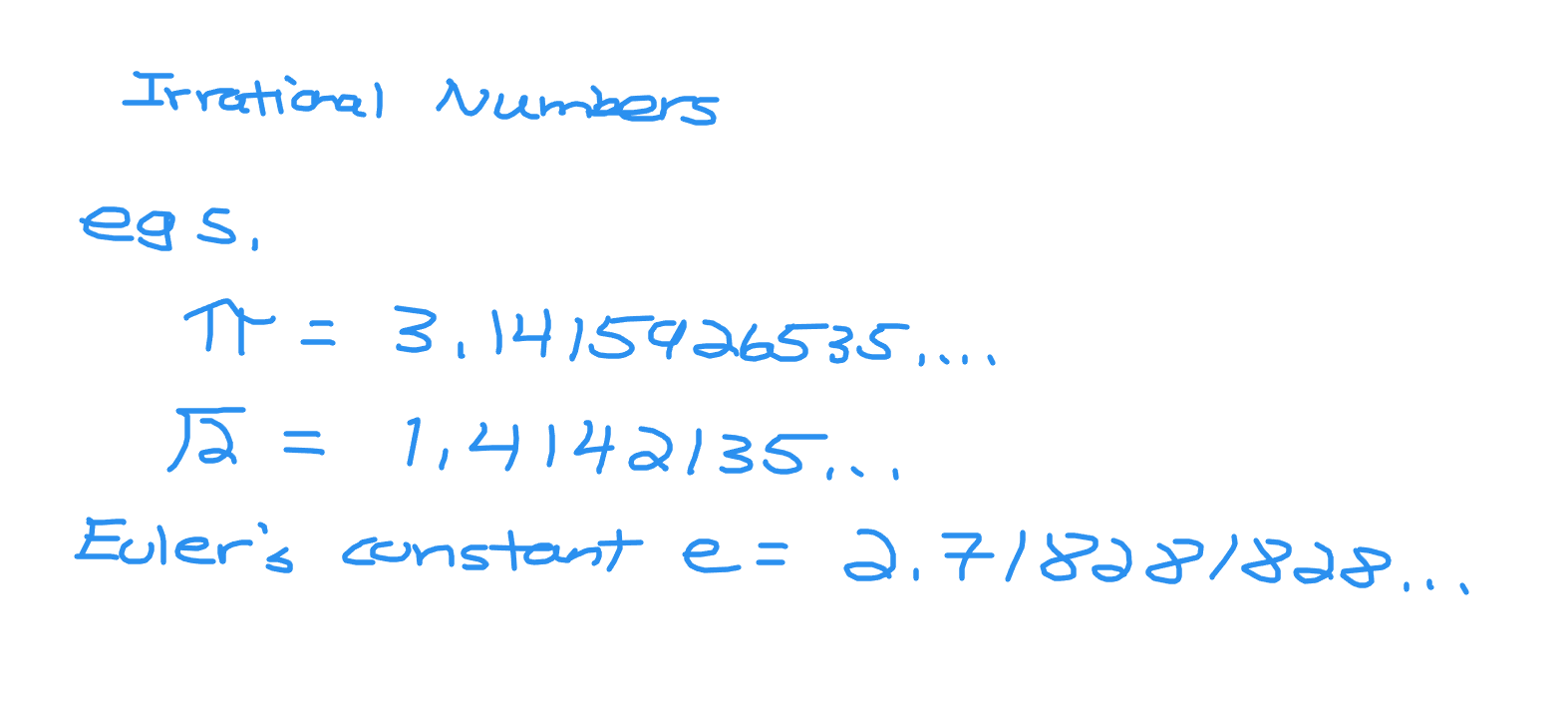
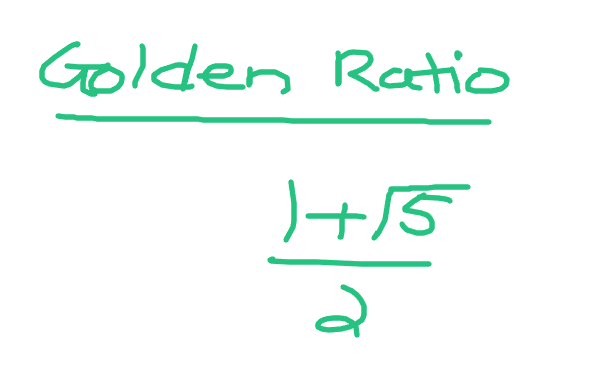
Real Numbers
The real numbers includes the natural numbers, integers, rational numbers and irrational numbers. Real numbers do not include taking the square root of a negative number as an example. Taking the square root of a negative number gives an error on the calculator.
I do not really want to get into the properties of real numbers. You can find that here if you are interested.
Complex Numbers
There are numbers that extend past the real numbers. These numbers are called complex numbers. Each complex number has a real part and an imaginary number part. The imaginary part is multiplied with the imaginary unit defined as i which is the square root of negative one.

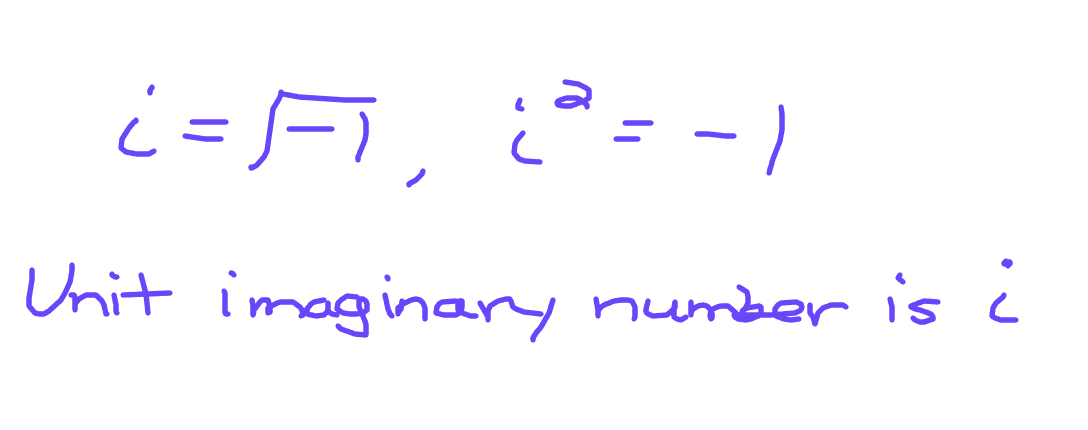
You can find more details and some algebra examples dealing with complex numbers here.
Posted with STEMGeeks
@tipu curate
Upvoted 👌 (Mana: 0/48) Liquid rewards.